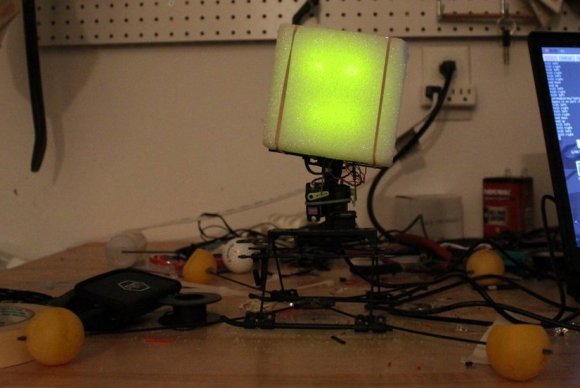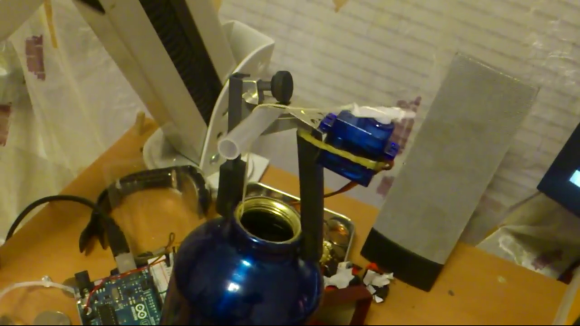
Some people don’t mind missing a finger or two, but we’re quite attached to all of ours. That’s why we’ve never held on to the fireworks after lighting the fuse. [Dzl] and his son wanted to be (at least somewhat) safe while still having that kind of fun. So they built this rig which lets you wave around a roman candle from a safe distance. It’s not strictly limited to one type of firework either. You can see there is a PVC barrel which will send a bottle rocket off in whichever direction the thing is pointed. As you’ve guessed, a test run is shown off in the video after the jump.
The rig is build from laser cut nylon parts. Don’t fret if you lack the equipment to automatically reproduce this. It’s not that hard to fabricate these types of parts by hand. And the motors that make it go are just hobby servos rigged for continuous rotation. [Dzl] did add external potentiometers for position feedback.
This is a tame way to celebrate the New Year, which is nice if yesterday’s project was a bit too hard-core for you.
Continue reading “Wave That Roman Candle Around Without Risking Your Digits”
















